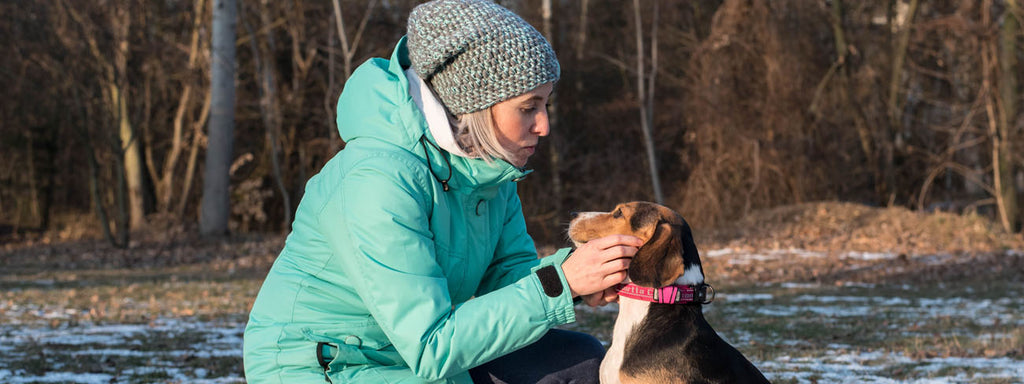Introduction to Retraining Adult Dogs

The adage, “you can’t teach an old dog new tricks” further causes hesitation. In this series we will discuss retraining adult dogs, starting with frequently asked questions about the topic.
Can An Adult Dog be Retrained?
Contrary to popular belief, dogs of any age can be trained new skills. The most important factors when retraining an adult dog include routine, consistency, and finding the best way to motivate the animal. Certain bad behaviors can be more difficult to break than others (especially if they have been reinforced for the dog’s entire life) but nearly every bad behavior can be overcome.
When is Retraining a Dog Necessary?
There are many reasons a dog owner may wish to retrain an adult dog. For instance, new owners may wish to simply change a dog’s name, which is among the easiest retraining tasks. Other instances, such as aggression, jumping, or leash pulling can take more time but are certainly doable.
How Long Does Adult Dog Retraining Take?
How long it takes to retrain an adult dog depends on a number of factors. First is the dog’s willingness to learn. When an animal is properly motivated with positive reinforcement, retraining can require less time. Each animal should be treated as an individual, and depending on the severity of the dog’s bad behavior, professional help may be required.
What Methods are Used when Retraining an Adult Dog?
There are many ways to retrain an adult dog. For instance, if the dog is showing aggressive tendencies, socialization and desensitization are common techniques, typically best done by a professional. For aggressive dogs, aversive techniques should never be used because they can contribute to the problem. In general, positive reinforcement is the best method when retraining an adult dog.

What are the Challenges of Retraining an Adult Dog?
The biggest challenge of retraining an adult dog is teaching the animal that inappropriate behavior will no longer be rewarded. For instance, a dog that frequently jumps on people does so because the behavior has been rewarded with attention (positive or negative). When retraining a dog that jumps, it is important to give the animal no attention whatsoever, such as by turning around and walking away. This process can be time-consuming because the dog must make the connection that the behavior no longer results in the desired outcome.
Ultimately, retraining an adult dog can be done, but requires plenty of patience and sometimes professional help.





